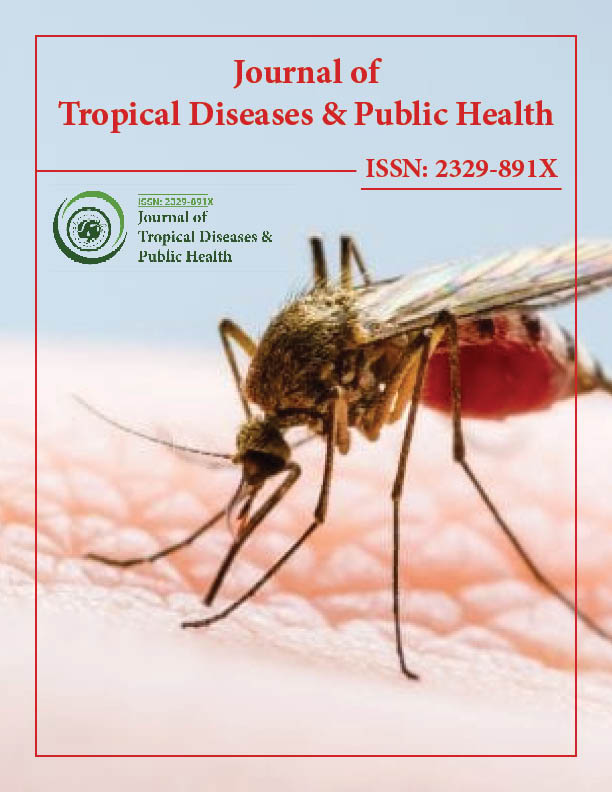Indexed In
- Open J Gate
- Academic Keys
- ResearchBible
- China National Knowledge Infrastructure (CNKI)
- Centre for Agriculture and Biosciences International (CABI)
- RefSeek
- Hamdard University
- EBSCO A-Z
- OCLC- WorldCat
- CABI full text
- Publons
- Geneva Foundation for Medical Education and Research
- Google Scholar
Useful Links
Share This Page
Journal Flyer

Open Access Journals
- Agri and Aquaculture
- Biochemistry
- Bioinformatics & Systems Biology
- Business & Management
- Chemistry
- Clinical Sciences
- Engineering
- Food & Nutrition
- General Science
- Genetics & Molecular Biology
- Immunology & Microbiology
- Medical Sciences
- Neuroscience & Psychology
- Nursing & Health Care
- Pharmaceutical Sciences
Characterization of new therapeutic drugs against leishmaniasis
6th International Conference on Tropical Medicine and Infectious Diseases
January 28-29, 2019 | Barcelona, Spain
Ana Poveda
Central University of Ecuador, South America
Scientific Tracks Abstracts: J Trop Dis
Abstract:
Leishmaniasis is a largely neglected infection caused by Leishmania spp. parasites. The first-line treatment, antimonate meglumine, has a large number of adverse effects, high costs and is developing resistance. New alternatives are mandatory. Here we show the results obtained with synthetic compounds (bis(spiropyrazolone)cyclopropanes, Schiff bases) and well knownold antibiotics used against bacteria1. These compounds were chosen because many evidences indicate that bis(spiropyrazolone)cyclopropanes and Schiff bases have biological properties. The antibiotic selected was the fluoroquinolones (FQ), a drug largely used against bacteria2. FQ are a good candidate since sequence alignments shows a good conservation of topoisomerases type II, the molecular target. To determine the leishmanicidal effect of drugs, a fluorescence method was optimized to determine MIC and IC50 in cultures of L. mexicana and L. braziliensis promastigotes3. In order to determine the toxicity and presence of DNA damage, bioassays with yeast were implemented (drop test using yeast mutants and comet assay). However, many compounds has a limited solubility. This limitation could be solved loading it into liposomal systems such as the transferosomes, ultradeformable nanovesicles4. Transferosomes were characterized in terms of size, polydispersity index, zeta potential, entrapment percentage, dissolution profile and physical stability. These nanovehicles enhanced the leishmanicidal activity compared with enrofloxacin in solution, around 15 times. So the nanoencapsulation could be an interesting approach to develop a topic formulation to treat cutaneous leishmaniasis. Our results indicate that two Schiff bases, one bis(spiropyrazolone)spirocyclopropane and one FQ, are potential candidates for alternative treatment of leishmaniasis. Next efforts are oriented to assay these drugs in murine models.
Biography :
Ana Poveda is a doctor in molecular biology at Universitat de València, España and Post-doc at Institut de Génétique Humaine-CNRS, Francia. She is a Researcher in fields of chromatin, histone modification, DNA replication and evaluation of active molecules in S. cerevisiae and Lleishmania and spp. Professor at Universidad Central del Ecuador (Centro Internacional de zoonosis, Facultad de Ciencias Químicas). IP of DNA replication & Genome instability (DR&GI) at Centro Internacional de Zoonosis. She is an autor of 14 publications.
E-mail: apoveda@uce.edu.ec

